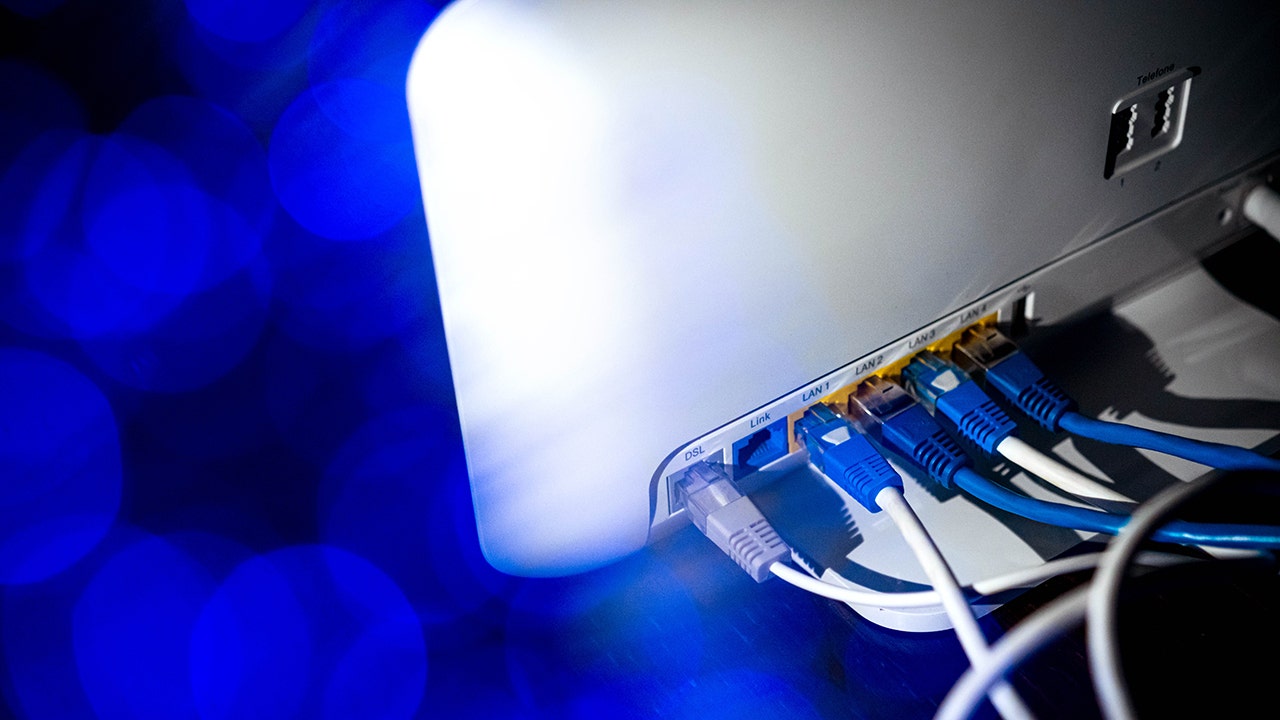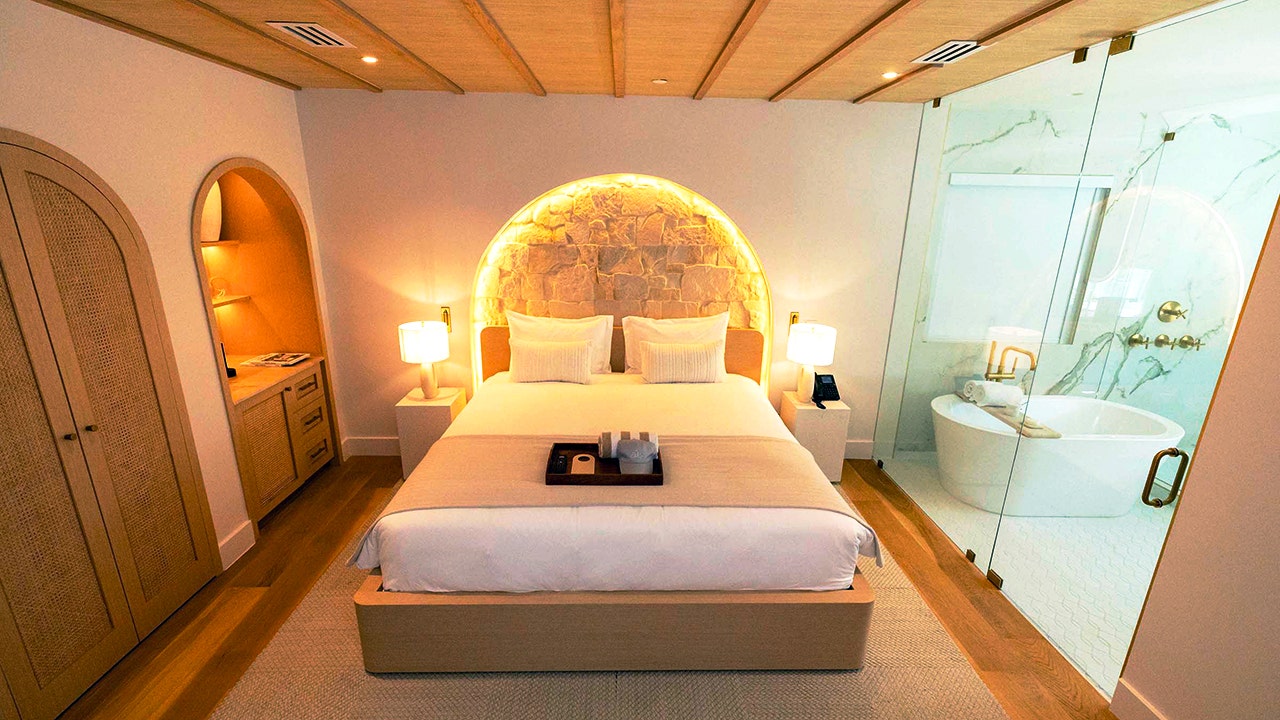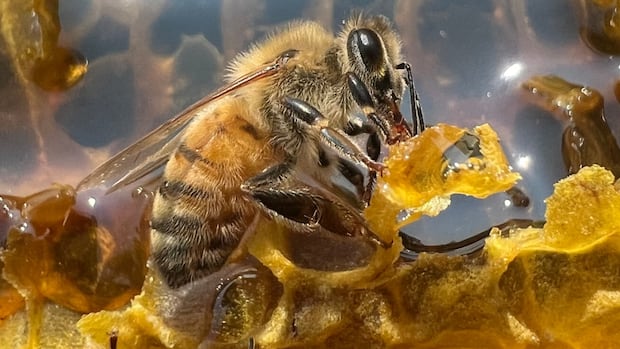Would you buy a diamond made in a lab? Consumers are taking a shine to them
When Evelyn Schaffer first saw her engagement ring, she was speechless. It was a 0.76-carat, oval-cut stunner — and she said no one has been able to tell that the diamonds were created in a lab.
“I’ve never seen anything like it and it’s gorgeous,” Schaffer said. “The lab-grown diamonds are actually more sparkly in my opinion.”
As consumer awareness grows, the popularity of gems that are manufactured, not mined, is surging. By some estimates, lab-grown diamonds make up nearly 20 per cent of the total global diamond jewelry market.
Schaffer, a 30-year-old music teacher, and her fiancé, Ene Mwadi, 26, said their motivation was partly financial. Recent innovations have made lab-grown diamonds much more affordable, with some one-carat rings available for less than $2,000 — nearly 70 per cent cheaper than their natural counterparts.
“I didn’t want us to start our marriage with a bunch of debt over a ring,” Schaffer said.
The Edmonton couple also had concerns about traditional diamonds, which are often associated with environmental damage and labour abuses in the developing world.
For Mwadi, whose family left Congo because of the conflict stemming from resource mining, it was important to avoid that harm.
“With lab grown, it’s just kind of a way to help with sustainability,” he said.
How it’s done
One way to create a lab-grown diamond mimics how they’re formed in gas clouds in outer space.
Technicians place a sliver of pre-existing mined diamond, like a tiny carbon seed, inside a plasma chamber and expose it to the right temperature, pressure and gasses. The process releases carbon pieces, which layer onto the seed, growing the diamond.
Lab-grown diamonds can be created in just a few weeks, compared to natural diamonds which take millions of years to form deep beneath the earth.
U.S.-based Vrai is one of the few companies that controls its entire supply chain, from growing and cutting the diamond to designing the ring and delivering it to the consumer.
For a long time, the only option was mined diamonds that have “environmental and human tolls on the communities they come from,” said Vrai CEO Mona Akhavi. “We are looking at an industry that’s changing.”
The company is expanding across North America and Europe; it opened its first Canadian showroom in Toronto earlier this year. Akhavi said Vrai is seeing huge demand from millennial and Gen Z consumers.
“They feel good about their purchase because they didn’t make any compromises on their values.”
Dazzling growth
Global sales for lab-grown diamonds increased to $12 billion in 2022, up 38 per cent compared to the year before, according to New York-based diamond industry analyst Paul Zimnisky.
That rapid growth has attracted the attention of mainstream jewelry giants like Pandora and Swarovski, which have launched their own lab-grown diamond lines.
Luxury brands are beginning to embrace the created stones, with Prada introducing them into its latest fine jewelry collection. The gems are also showing up on red carpets, shining bright when worn by celebrities like Taylor Swift, Jennifer Lopez and Pamela Anderson.
The technology behind human-made gems has been around for decades, but recent advances have improved quality and lowered production costs.

Real, but not rare
In 2018, the U.S. Federal Trade Commission changed its guidelines to declare that lab-grown diamonds are virtually the same as mined diamonds, with equal optical, physical and chemical properties.
They’re also graded and certified using the same standards, from independent gemological organisations.
While they may be real, they’re not rare. Zimnisky forecasts an almost unlimited supply of lab-grown diamonds could continue to drive down prices.
“It’s a manufactured product, so theoretically we could produce as many as we want,” he said.
He warned that created stones could be difficult to resell as they don’t hold as much value, offering the example of two works of art: one an original by Leonardo da Vinci, another produced with the same canvas and oil paints.
“The one is still worth significantly more and much more desirable than the other one.”
Diamonds at a discount
For many consumers, the cost savings are the ultimate attraction.
Toronto jeweller Couple Diamonds is doing big business selling only lab-grown stones.
“A lot of my clients just find a better value if they can get either a bigger stone or a higher quality stone for a fraction of the price,” said general manager Dave Doiron.

Some of his customers have traded their mined diamond engagement rings for lab-grown ones with a larger stone, while others have come in looking for non-bridal jewelry like necklaces and tennis bracelets. Doiron says acceptance of the gems is growing.
“A diamond is a diamond whether the diamond is mined outside or whether it’s made in a lab.”




